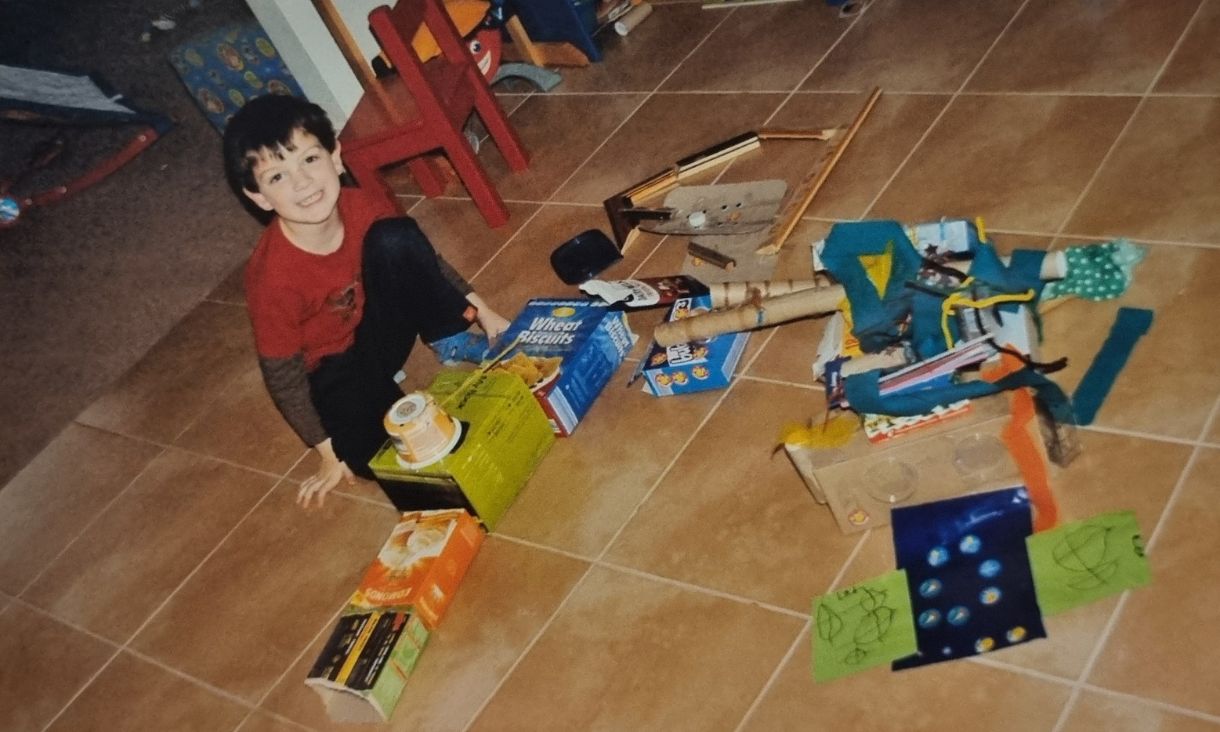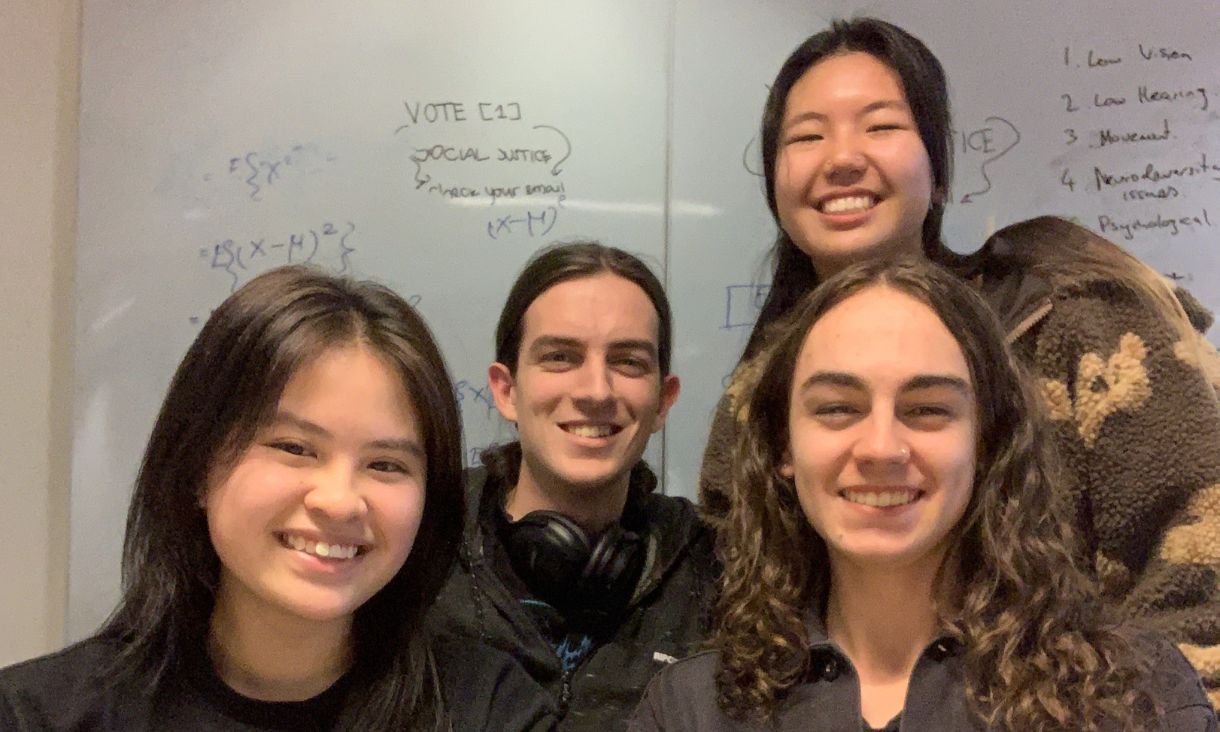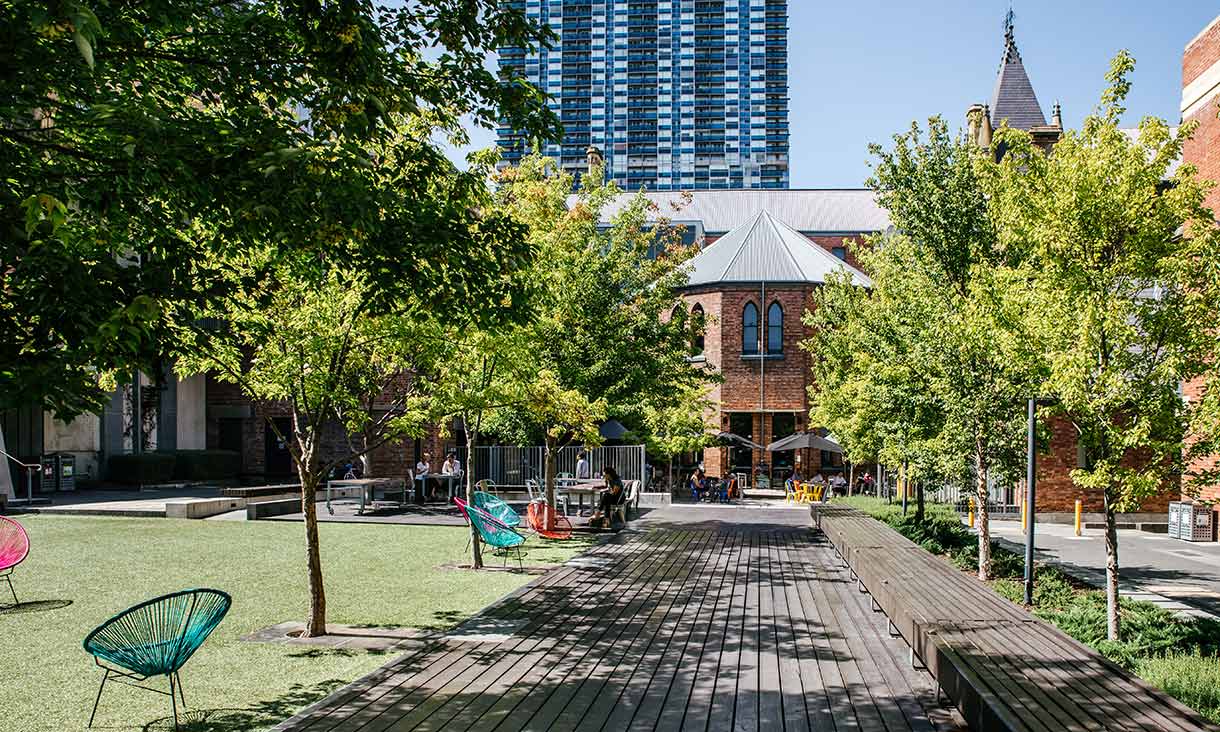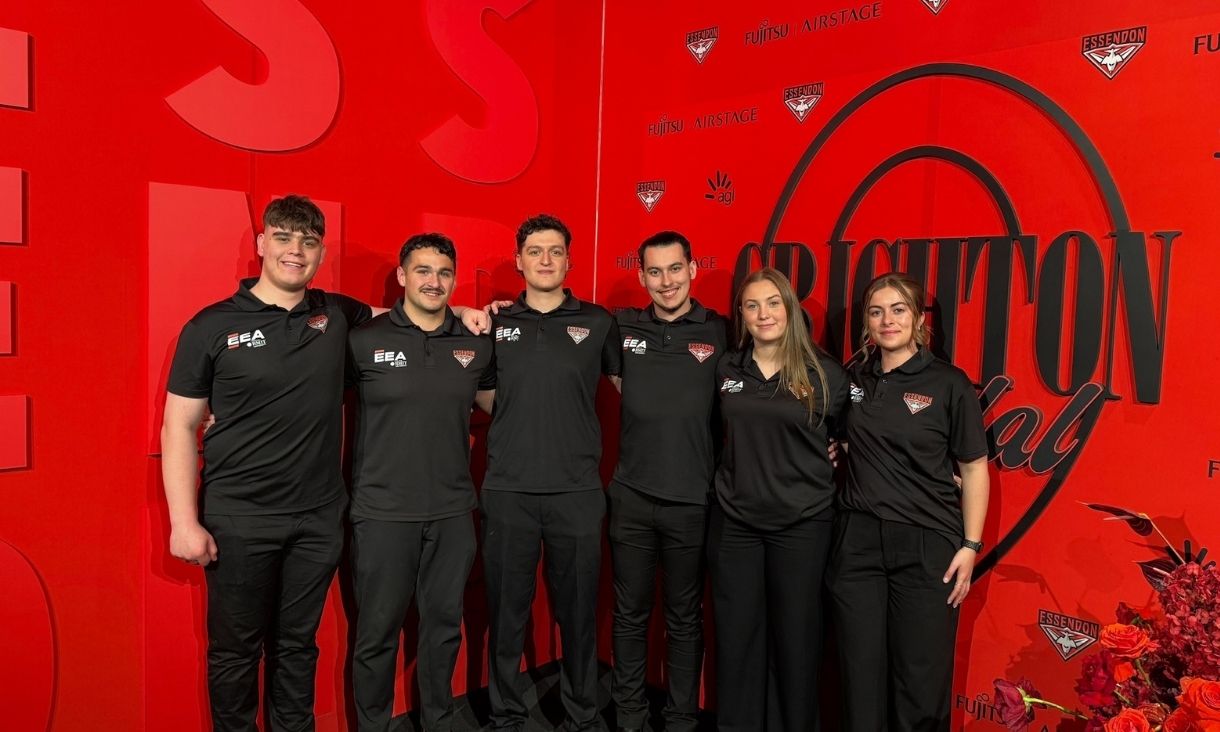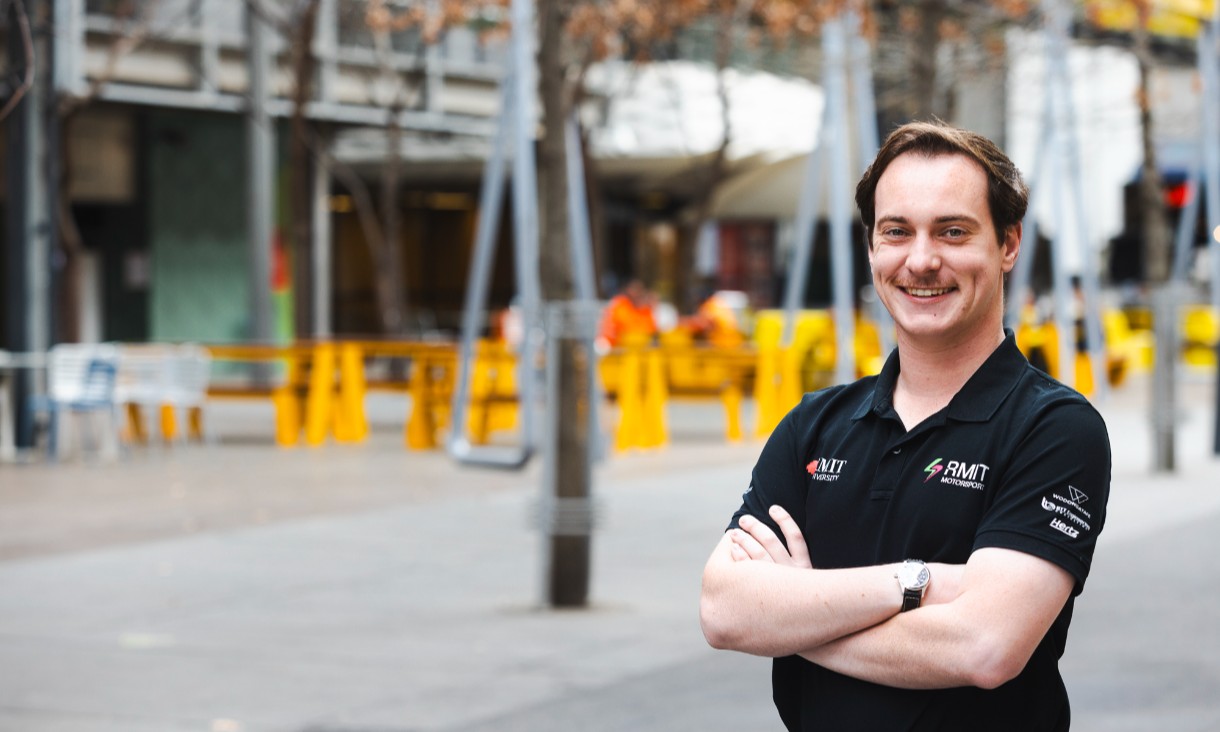Statement from the Vice-Chancellor regarding the Bondi Beach Attack
Our thoughts are with the Jewish community, within RMIT and beyond, and those personally impacted by this tragedy.
From diesel fumes to design rooms, Christine can drive dozers and draft garments!
Christine loves to learn and always dreamt of working in fashion and textiles. Her pathways are all about the journey; from civil construction and finance to pattern making, Christine isn’t afraid to learn and she’s winning awards along the way.
Dual Diploma students score roles with Essendon Football Club
Vocational Education graduates Ava Draisey and Anton Amalfi have secured full-time roles working with Essendon Football Club following their placements with the Essendon Education Academy, now in its fourth successful year.
Meet RMIT’s Graduating Student Ambassador for 2025, James Anquetil
Engineering student and RMIT Motorsport Team Lead James will be speaking at this year’s Graduation Ceremony at Marvel Stadium.

